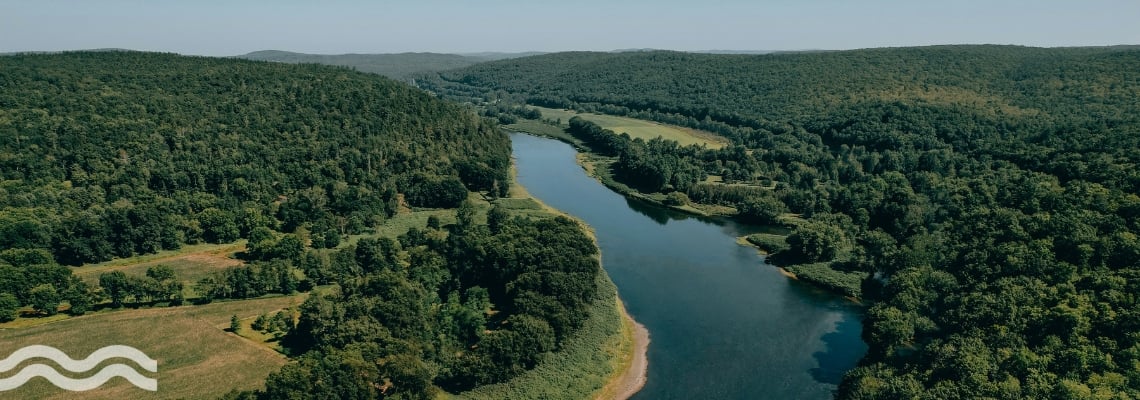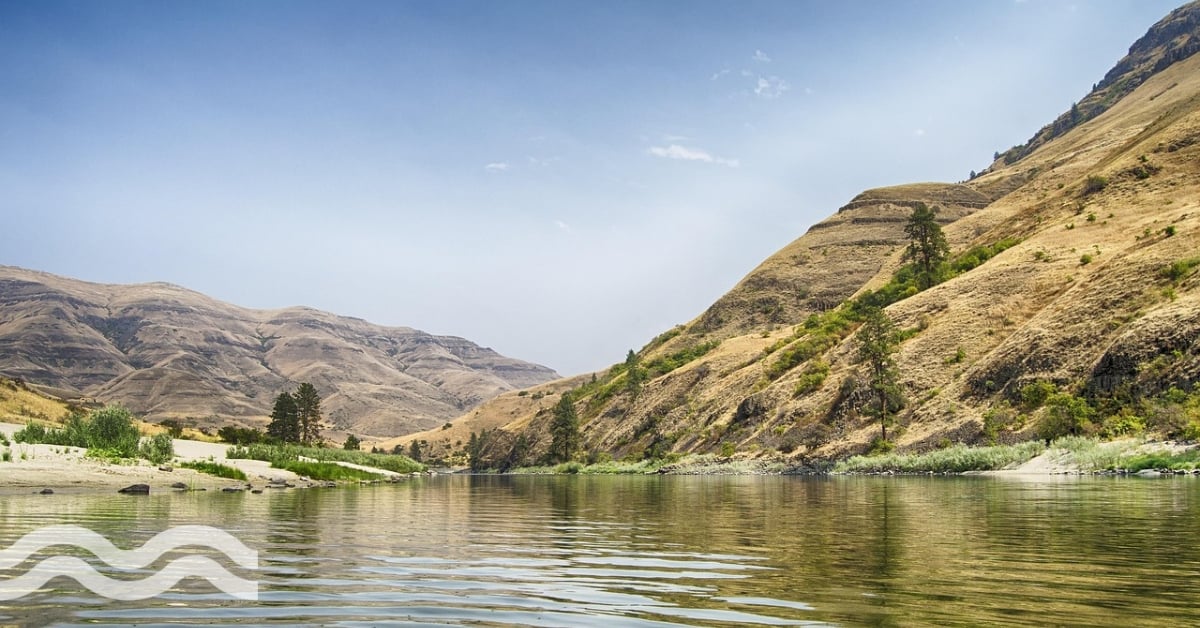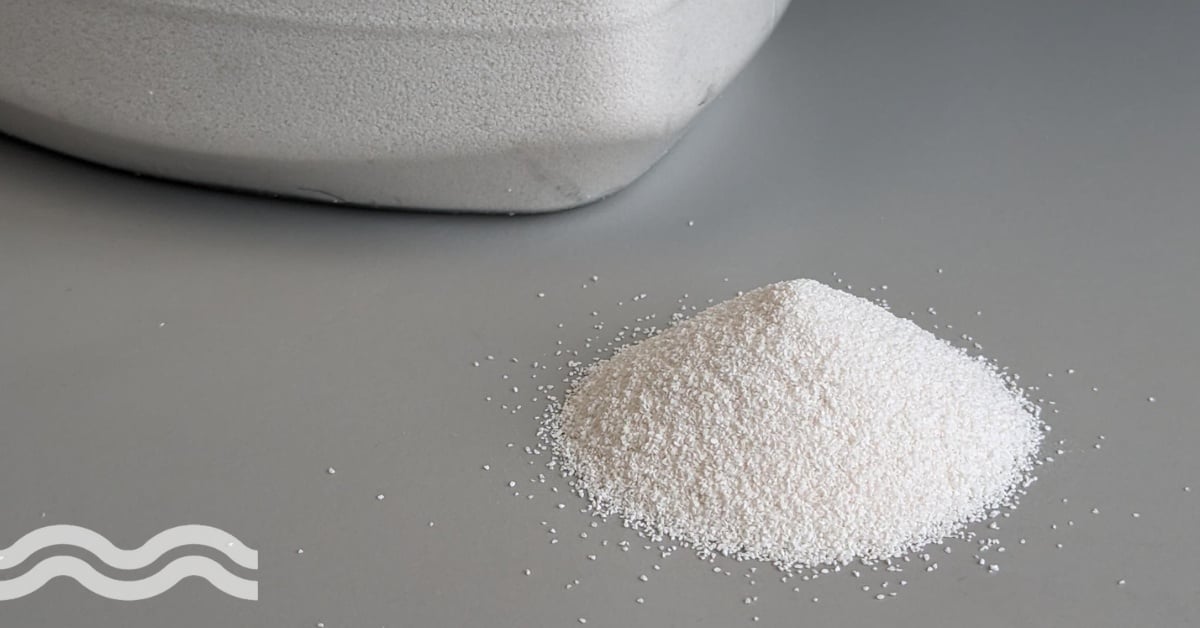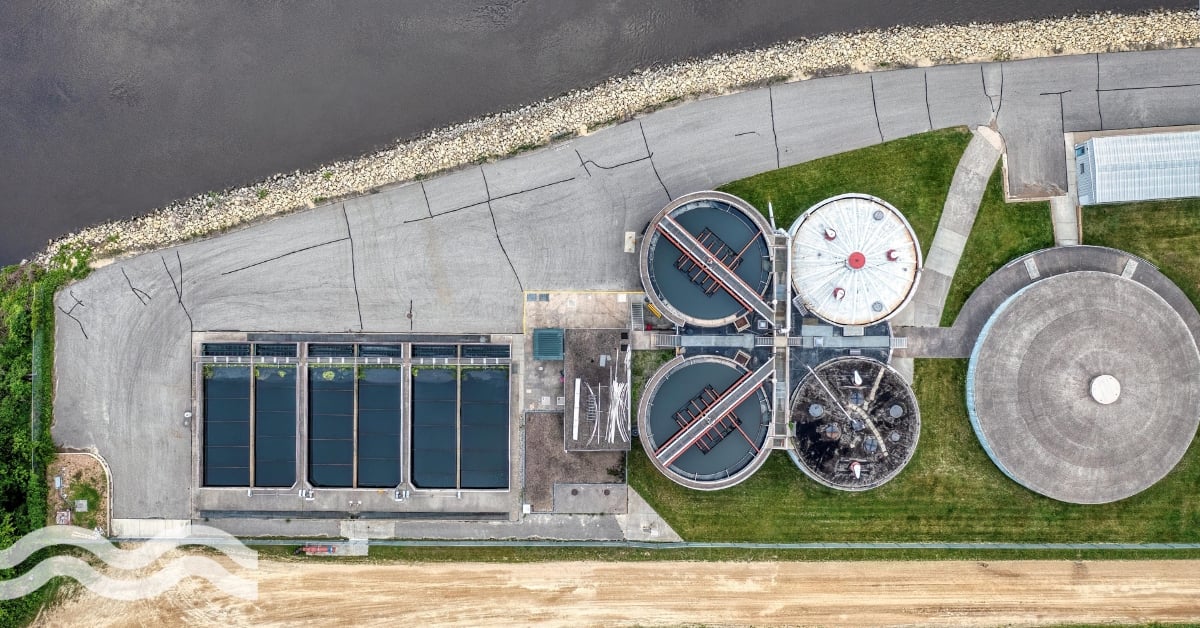
Veolia is helping to tackle the per- and polyfluoroalkyl substances (PFAS) problem in the US by treating up to 30 million gallons of water every day at its Stanton Water Treatment Plant, one of the largest in the USA.

A tailored approach to client specific PFAS removal
The Stanton Water Treatment plant forms part of Veolia’s BeyondPFAS programme. The integrated offer meets both containment treatment and regulatory requirements, and can be tailored to meet the specific needs of each customers, including local legislation and site-specific realities. BeyondPFAS offers a four-step process: Sampling and analysis; design and engineer; operation; waste treatment.
The programme forms part of the company’s ambitions to have 100 PFAS treatment systems for municipal water facilities by 2029, providing clean water for more than two million people. The plant at Stanton becomes the company’s 33rd in the US.
Tackling micropollutants lies at the heart of our mission - Brachlianoff
The BeyondPFAS programme sits within Veolia’s GreenUp sustainability strategy.
Estelle Brachlianoff, CEO of Veolia, told local media: “In line with our GreenUp strategic program, this major infrastructure milestone highlights Veolia’s strong commitment to delivering environmental security solutions to communities worldwide.
She added: “Tackling micropollutants lies at the heart of our mission, and Veolia is proud to lead the way in testing, treating and responsibly disposing of regulated PFAS contaminants.”
PFAS treatment and sustainability
Veolia’s sustainability strategy aims to ‘dramatically accelerate our efforts to optimize resource use and address the impacts of climate change’. There are three main strands to the strategy:
- Decarbonise: 18 million metric tons of CO₂ eliminated in 2027 and emission reduction trajectory compatible with 1.5°C of warming
- Depollute: 10 million metric tons of hazardous waste and pollutants treated in 2027
- Regenerate: 400 billion gallons of fresh water saved in 2027.
The company aims ‘to become the water service provider of the future by focusing on the efficiency of solutions like the reuse of treated wastewater, the treatment of water and pollutants like PFAS or microplastics, and the production of drinking water’.
Removing PFAS at Stanton
The Stanton Water Treatment Plant will remove PFAS compounds from drinking water in accordance with the current US Environmental Protection Agency (EPA) regulations. The plant will deliver high-quality drinking water to more than 100,000 residents in the local community.
The plant is estimated to cost €30 million ($35 million) and it is designed on a model that can be easily replicated at additional sites. Design began back in 2022, even before the current EPA PFAS regulations came into force, the company intends the replicable design to minimise future construction costs while allowing for the local site needs of customers.
Site design at Stanton
The Stanton site covers nearly 18,000 square feet and features 42 vessels that are 22-feet high – the vessels are so large that they were installed first, with the rest of the facility built around them. Each vessel is filled with just over 18,000 kg of granular activated carbon has been optimised to allow the carbon to adsorb the PFAS chemicals to its surface. The water enters the plant from two local rivers.
Brachlianoff added: “For the 100,000 people who rely on high-quality water from Veolia in Delaware, the Stanton PFAS treatment system is a generational improvement in public health and environmental protection that will strengthen communities and create opportunities long into the future.”
Treatment with the future built in
In addition to the installed granular activated carbon treatment vessels, the Stanton plant will also feature a laboratory that will allow engineers to test novel filtration media and materials, and trial treatment methods that add a level of adaptability to the facility and help in the fight to remove chemicals that are not currently covered by legislation.
Karine Rougé, CEO of Municipal Water for Veolia in North America, said: “The lessons from this project will help Veolia deploy similar water quality improvements faster, more efficiently and more effectively. We’re proud of our team for designing and building this vital project so quickly and so well, and we’re thrilled that so many of our customers are able to benefit from their tireless work.”


